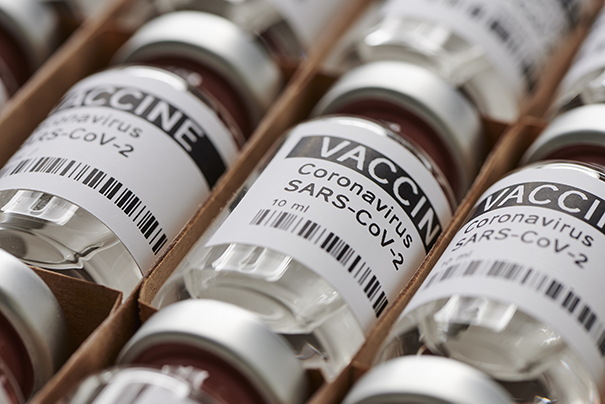Many in the global health community were excited to see the release of the Pandemic Fund’s first call for expressions of interest for $300 million.
At the Center for Global Development, we have been avidly nurturing the creation of the fund, stretching back to the G20 High Level Independent Panel report which proposed its creation as a Financial Intermediary Fund within the World Bank. We have offered a roadmap for how to operationalize the fund, reflected on the fund’s first white paper, and commented on how to make the money work to support government preparedness.
And we continue to watch as the Pandemic Fund grows into a fully operational entity. The success of the Pandemic Fund in its first year is critical to ensure its longevity and replenishment of funds for future years.
Here’s a preview of some of the issues we’re watching and where we hope to contribute with new analyses:
1. How should the Pandemic Fund allocate money at the country level? What kind of country-level allocation formula can help the Pandemic Fund to divide up the pot of and allocate resources in a fair and reasonable way? To what extent are existing indices such as those pertaining to pandemic preparedness relevant or not? Akin to the formula-based allocation of the World Bank’s IDA or the Global Fund’s formula-based allocation, the Pandemic Fund should also invest strategically based on countries that have the highest need for funding for pandemic preparedness.
2. What is the menu of “best buy” interventions for pandemic preparedness and specifically, for disease surveillance, lab systems, and human resources, which is the focus of the first call for proposals? The approach to using a “best buy” framework builds upon CGD’s past work on More Health for the Money and the International Decision Support Initiative (iDSI) that emphasizes the use of priority setting for decision-making.
- How should a country strategically invest in multi-component surveillance systems such as Sentinel Surveillance, Event Surveillance, Sewage Surveillance, Sero Surveillance, and Animal-Human-Environment Surveillance?
- What are the notional costs of these different surveillance systems? How are costs joint and shared across systems, and how are costs distributed by capital costs versus recurrent costs?
- How are benefits of different surveillance systems measured? How can a cost-effectiveness framework assess the value for money or how much health can be bought with a given system?
- Are there qualitative or quantitative measures of benefits and costs that can be compared? Do we have a multi-criteria decision analytic framework to help us weigh the pros and cons?
3. How should the Pandemic Fund think about roles and thus allocations of different implementing entities? How will the funds be divided up across the set of international organizations tasked with leading project implementation? What are the competitive advantages of each multilateral development bank or global health initiative and what is the overarching vision of the Pandemic Fund’s approach to how to implement pandemic preparedness amidst the history of past horizontal and vertical approaches?
4. What are the best practices in the space of Financial Intermediary Funds that are relevant for the Pandemic Fund? What governance structure is fit-for-purpose, effective, and politically viable for the Pandemic Fund? How does the structure of the Fund within the World Bank facilitate co-investment from country partners?
5. How should the Pandemic Fund think about the quality of surveillance and health information systems in general? Where do the initiatives in health data, data for development, and statistical capacity align and fit with this work on surveillance investments for pandemic preparedness?
Please stay tuned as we share more in the coming weeks about this portfolio of work!
The authors thank Masood Ahmed and Javier Guzman for helpful comments.
CGD blog posts reflect the views of the authors, drawing on prior research and experience in their areas of expertise.
CGD is a nonpartisan, independent organization and does not take institutional positions.








